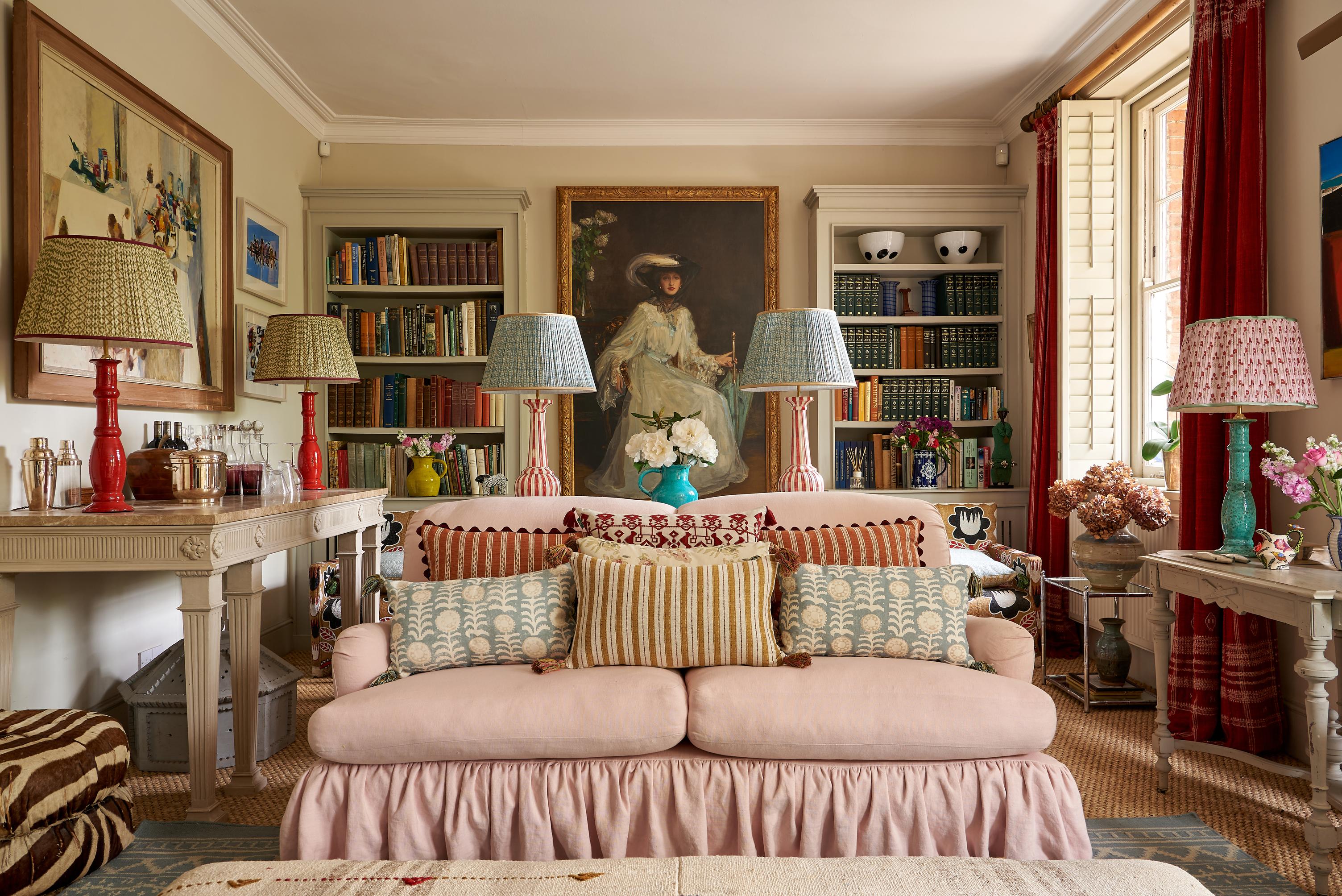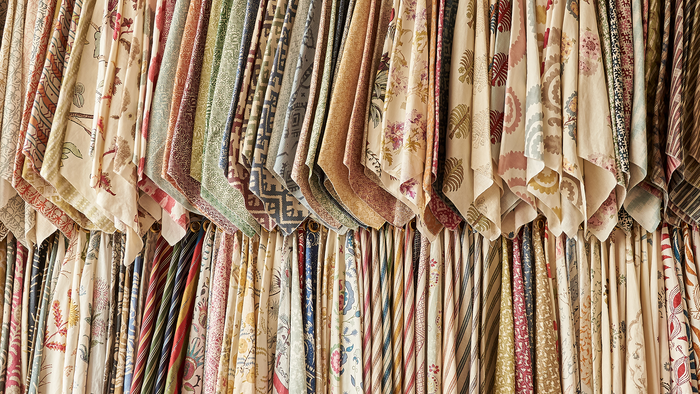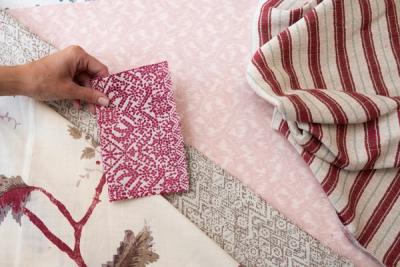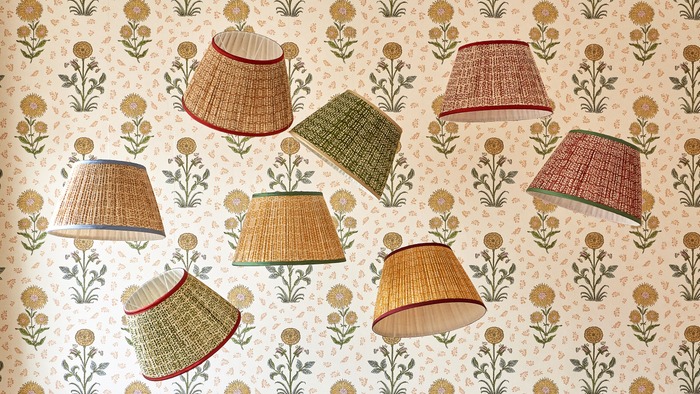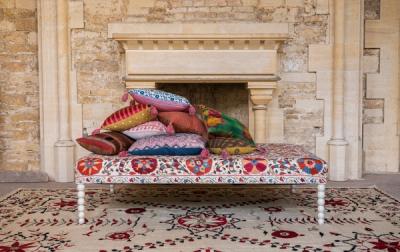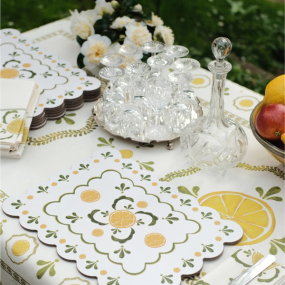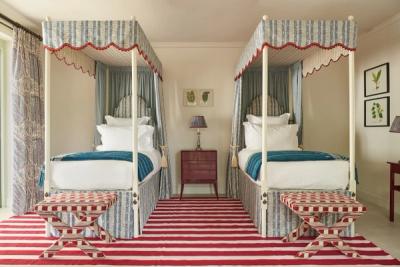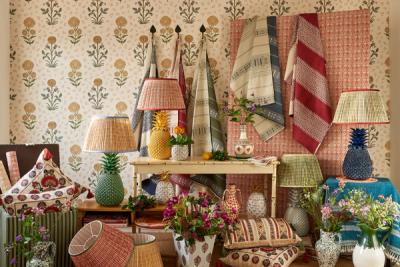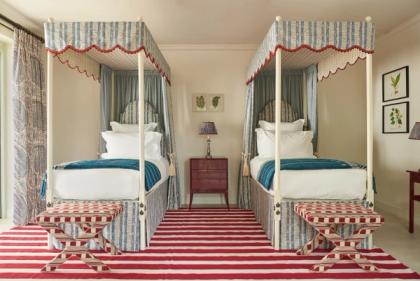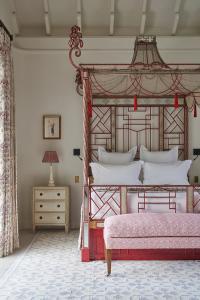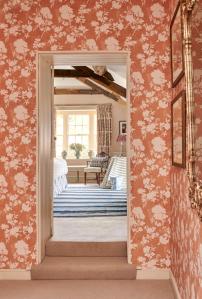Decoration
Creating Character in New Homes
New homes can be a little more of a challenge when it comes to character, but it’s far from impossible. Click here for more.
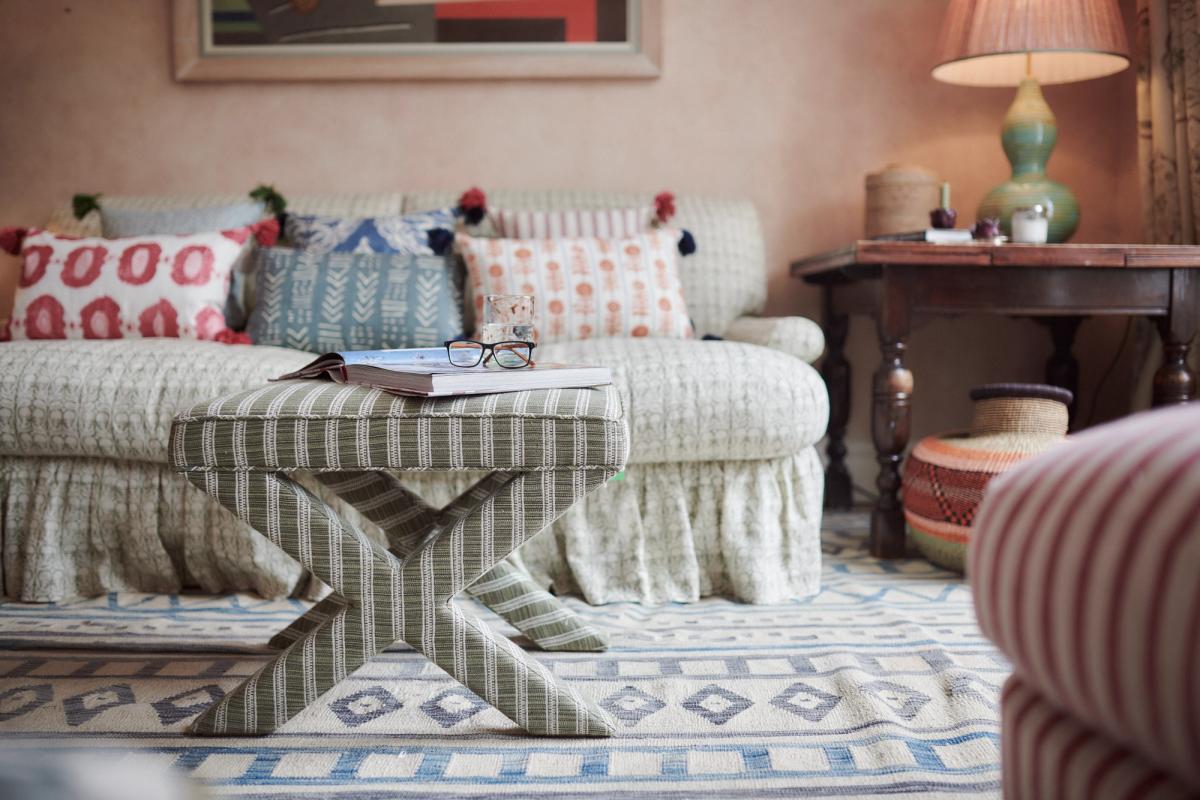
Creating Character in New Homes
The appeal of an old house goes without saying. Even those of us who lean toward the modern tend to feel that same pull toward the still-standing.
There’s an allure about a home with a story that predates its current occupants, sometimes by hundreds of years. The opportunity to make innovative use of now-defunct period features – bricked-off windows, empty hearths, steps that lead nowhere, once-exterior doorways now part of the interiors, servants’ bells and call boxes. The fact that, beneath plaster is stonework untouched for decades – beneath old carpet or lino, floorboards that have withstood countless pairs of feet wandering room to room.
In old homes, it’s possible to occupy two spaces at once: owner and custodian, there to see the house through its next phase, and add our names to its history.
Do new homes lack character?
While new homes tend to lack the innate character that old homes have cultivated over decades, it’s perfectly possible to create it. After all, any character is a result of the home’s inhabitants – how they lived, what they liked, and the compromises they made with the design of those four walls.
Older homes tend to represent a mélange of different projects – renovations, DIYs, aspects added for function but inadvertently beautiful at the same time. Things have been painted over, then stripped again, varnished then sanded, hidden away ‘for good,’ then once again revealed to the light of day.
There’s no need to build a new home with those same relics – and, in all likelihood, any attempt to would fail to have the same effect.

Creating character
True, you can go about adding a few structural changes that allow the home to step away from the ‘boxy’ feel. Done right, an added beam or recessed nook can make a world of difference.
But you needn’t be that gung-ho about bringing the contractors back in just as the final brick has been laid. Instead, let yourself be a little less restrained with key decorative elements, and you’ll stop noticing the perfect 90° of the walls.
Softer lighting
Unlike older buildings, which are constantly playing catch-up to the latest technology, new homes tend to be built with very efficient overhead lighting – spotlights capable of illuminating the entire space in a homogenous glow.
This glow is great for some things – cooking, cleaning, DIY-ing – but not so great for those times when you want a room to draw you in from the doorway.
Having enough decorative lighting means you can make a clean departure from the overheads, and enjoy the simple beauty of layered lighting, creating those pools of light and shadow throughout the room.
Textured walls
Bumpy, textured walls are part of the charm of older houses, but it’s a tricky style to replicate without the results feeling inauthentic. Instead, look to mirror that same sense of texture with alternatives to paint.
Raw or Venetian plaster is a beautiful departure from the plain, neutral wall. The subtle, organic shapes created by the plasterer add their own unique character, and avoid the room feeling too cut-and-dry.
Wallpaper is also ideal for introducing texture. If you’re looking to capture the feel of a countryside cottage, then a bold floral hung liberally around the room is perfect. Stray from the usual roses and lilies, and consider something like our Phoebe Wide-Width Wallpaper for a dose of extravagance.
Also, don’t be afraid to layer prints. A bold wallpaper and a bold fabric print are often seen as mutually exclusive, but contrast with help you to break away from the ‘fresh out the box’ feel of a new build home.
Mis-matched elements
This is something we’ve written about in the past – the growing popularity of furnishing the home with mis-matching furniture, rather than suites and complete sets. It adds a touch of eclecticism, whether the home is brand new, or hundreds of years hold.
Curating pieces for their beauty, rather than their ability to match what’s there already, also means that, over time, the whole house will feel more like a characterful dwelling than a furnished space.
Of course, with mis-matching comes contrast – which, as we mentioned above, is never a bad thing when it comes to adding character.
Find new ways to use the staples
There’s a certain amount of creativity poured into old houses as each owner looks to work around the home’s quirks. That same creativity can be deployed in new homes, simply by repurposing elements in unexpected places. There are creative ways to use rugs, to showcase swathes of spare (and beautiful) fabric, to repurpose antique pieces of furniture, or showcase unlikely materials like concrete, brick, and chipboard.
Character is always a result of a home’s inhabitants. As the very first inhabitants, there’s no reason why you can’t be the first to instil that character in the home.
More from Decoration
